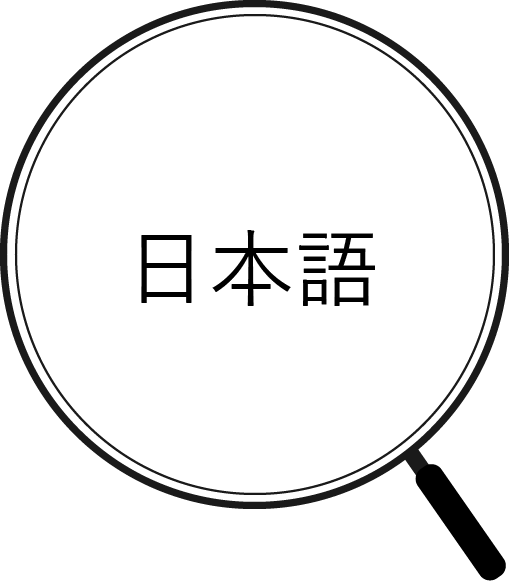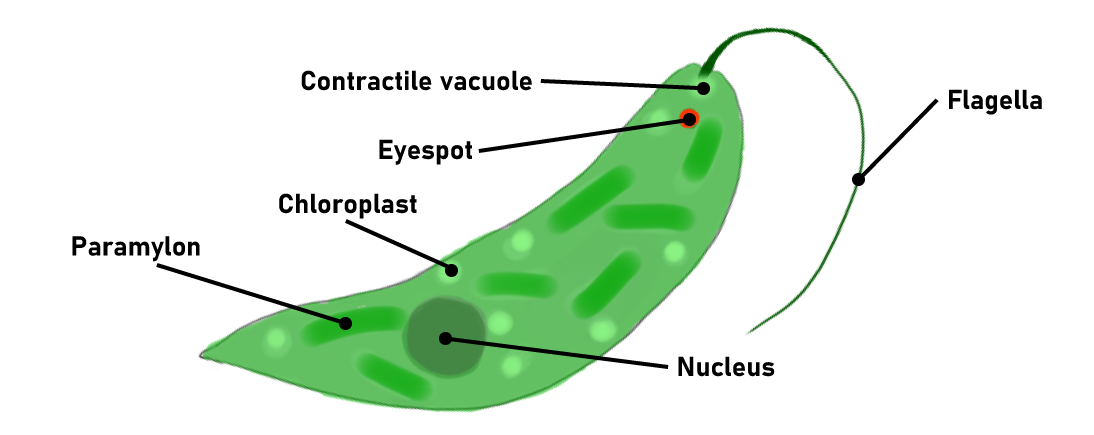


What Is Euglena?
"Euglena'' is a general term for unicellular algae in the Euglena gracilis of the Protista. There are about 800 species of euglena, and it is also classified as flagellate.
It is spindle-shaped and about 60 to 75 µm long, but some of the larger species can be up to 400 µm long. At the anterior end, there is a large hole called a reservoir, from which a single long flagellum protrudes. In addition to the flagellum that protrudes, there is a short flagellum hidden inside the body. The base part of the flagellum has a red eyespot. The reservoir is the excretion spot from the constrictor vacuole, which also has another storage substance, paramylon. Reproduction is asexual by longitudinal division.

It has chloroplasts in its body. It can be said to be plant-like in terms of photosynthesis, but euglena uses flagella to move through water, therefore, it can be said to be animal-like in this respect. Since it photosynthesizes, it does not have a mouth or other predatory organs, but it may absorb nutrients such as organic matter and minerals if it finds them in its surroundings.
However, it is believed that its ancestor did not have chloroplasts and did not photosynthesize, and lived by swimming in water and preying on algae and plankton. It is believed that a species with photosynthetic organisms living symbiotically inside its body appeared, giving birth to the euglena we know today.
It is also typical freshwater plankton, and can be found year-round in places with a lot of organic matter, such as mud in lakes, ponds, and puddles.
This site is participating in the 23nd Japan Junior high school/high school Web contest(第23回全国中学高校Webコンテスト).
